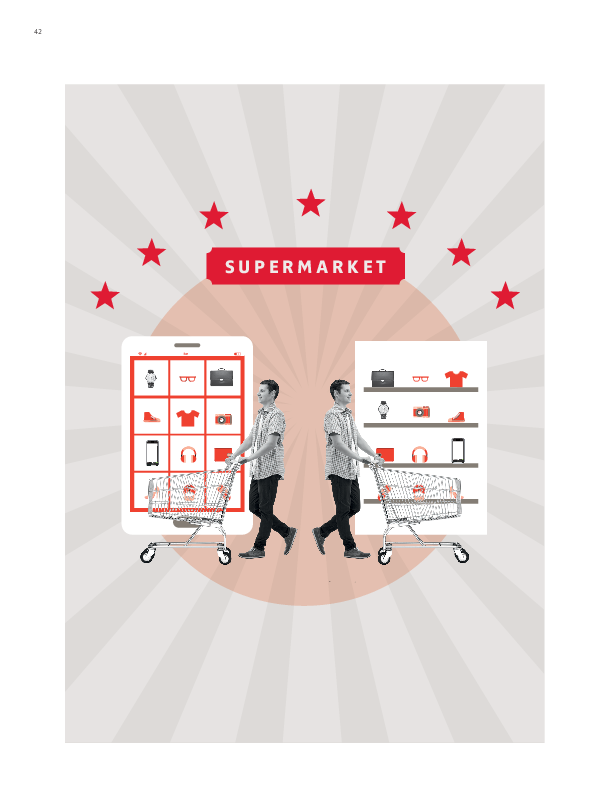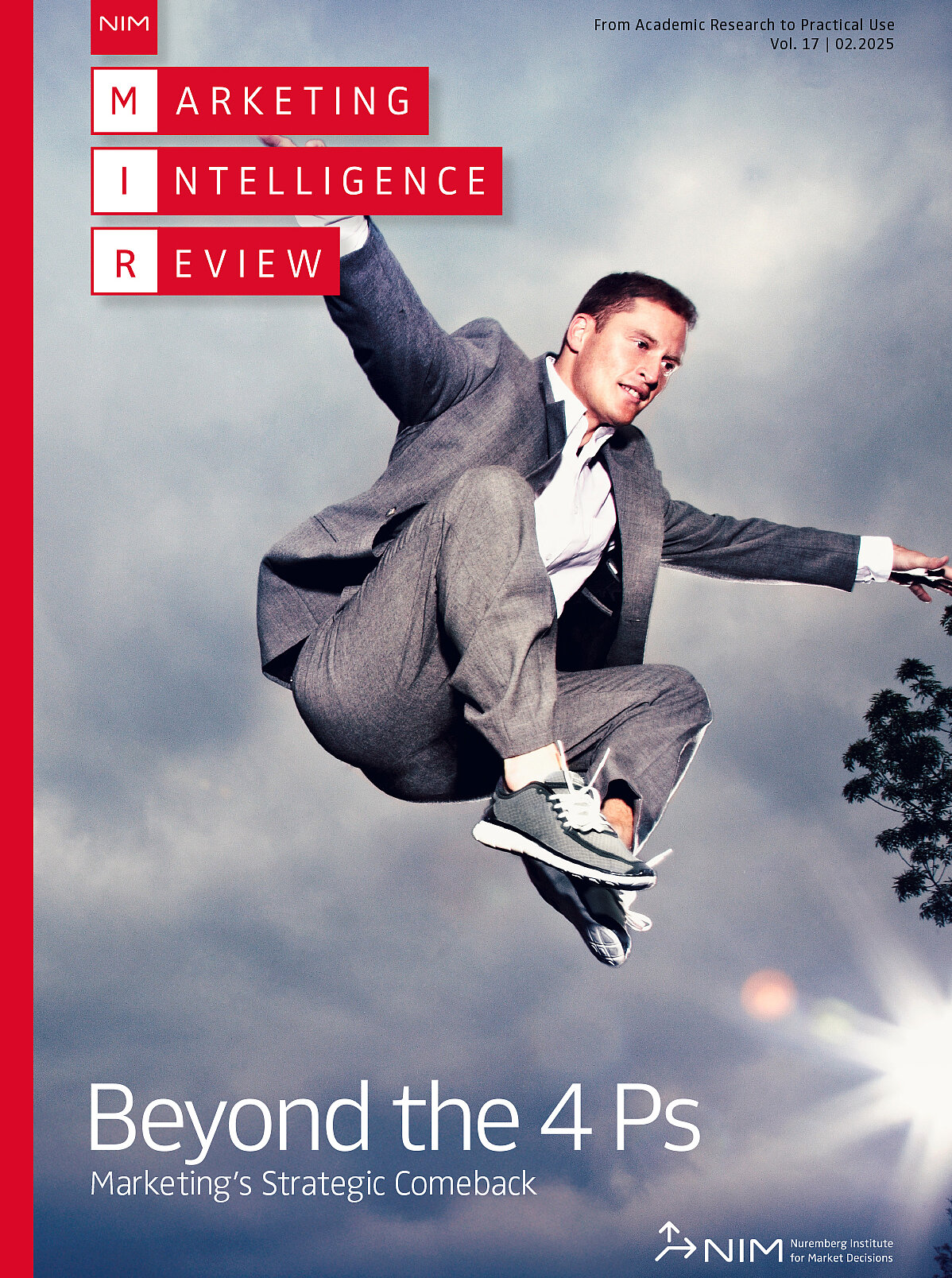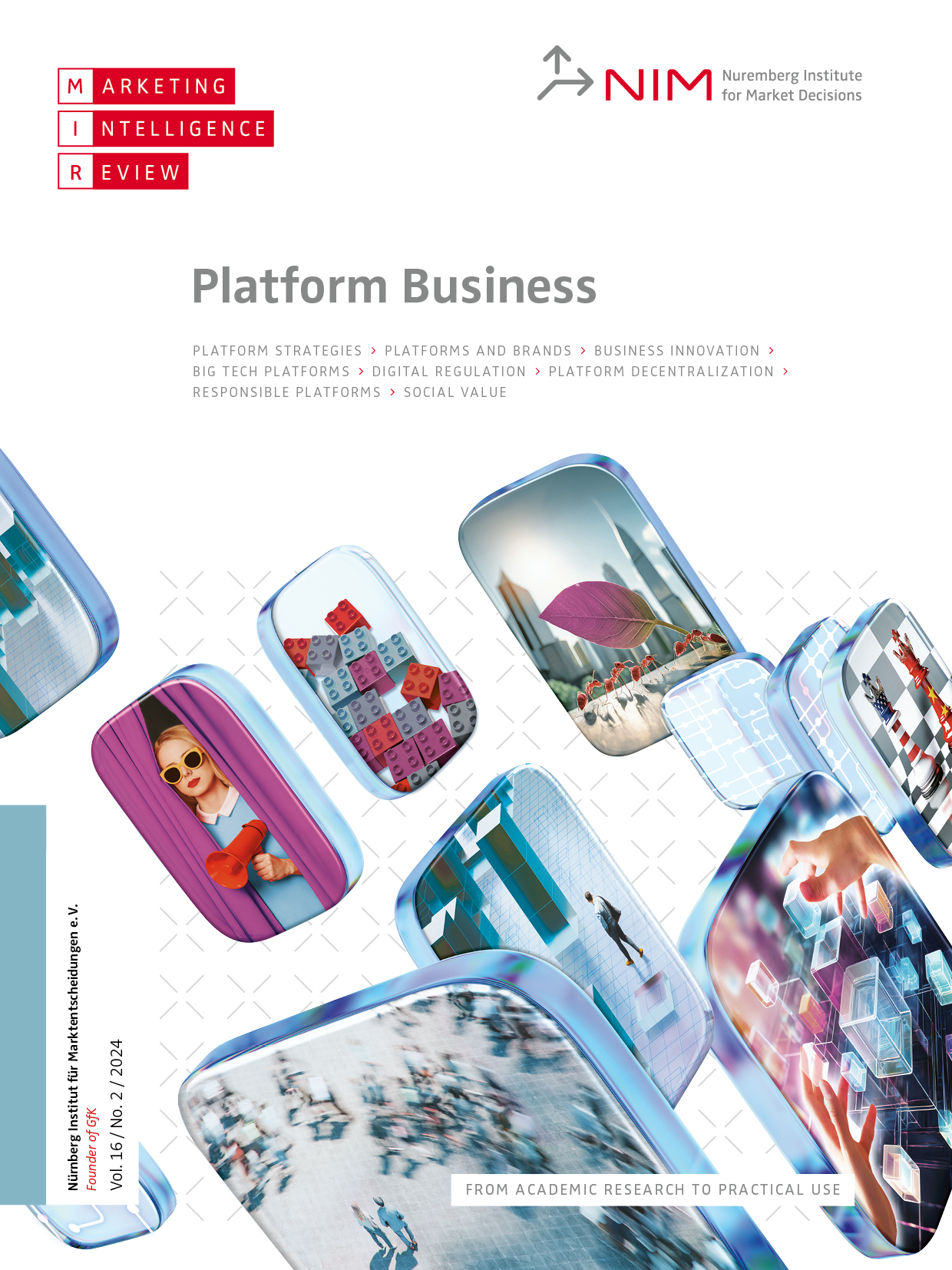E-commerce in a Physical Store: Which Retailing Technologies Add Real Value?
Peter Linzbach, J. Jeffrey Inman and Hristina Nikolova
To remain competitive in a connected world, offline retailers have responded with integrating digital in-store technologies into their physical servicescapes. Often, the introduction of multichannel connecting services like click & collect or order from or return to store are first steps.
Shopper-facing advanced technologies can be key to creating a different physical shopping experience for consumers and delivering benefits to retailers such as improved traffic, conversion and baskets or streamlined operational cost. In general, consumers consider retailing technologies as useful. However, shoppers assess the fairness of the exchange about procedures, outcome and treatment and the value of the technology they receive compared to what the retailer gets. Also, satisfaction, trust and privacy concerns are relevant for customers. Retail managers need to ensure the functionality and safety of their application and take consumer concerns seriously. Also, they need to address privacy concerns and build trust, if they want proximity marketing to deliver on its promise of increasing basket size or attracting new shoppers.

![[Translate to English:] [Translate to English:]](/fileadmin/_processed_/4/3/csm_reinartz_intro_vol_11_no_1_dt_424811060e.png)
![[Translate to English:] [Translate to English:]](/fileadmin/_processed_/0/6/csm_ramaswamy_ozcan_vol_11_no_1_dt_df51cfc30e.png)
![[Translate to English:] [Translate to English:]](/fileadmin/_processed_/e/3/csm_dorotic_vol_11_no_1_dt_5fad28f635.png)
![[Translate to English:] [Translate to English:]](/fileadmin/_processed_/6/a/csm_reinartz_wiegand_vol_11_no_1_dt_dd1f598120.png)
![[Translate to English:] [Translate to English:]](/fileadmin/_processed_/6/e/csm_shankar_vol_11_no_1_dt_ba4c32b686.png)
![[Translate to English:] [Translate to English:]](/fileadmin/_processed_/d/f/csm_buder_ea_vol_11_no_1_dt_53d9a1ecba.png)
![[Translate to English:] [Translate to English:]](/fileadmin/_processed_/a/1/csm_2019_nim_mir_future_of_retail_english_ebay_4dfba03c8e.png)


